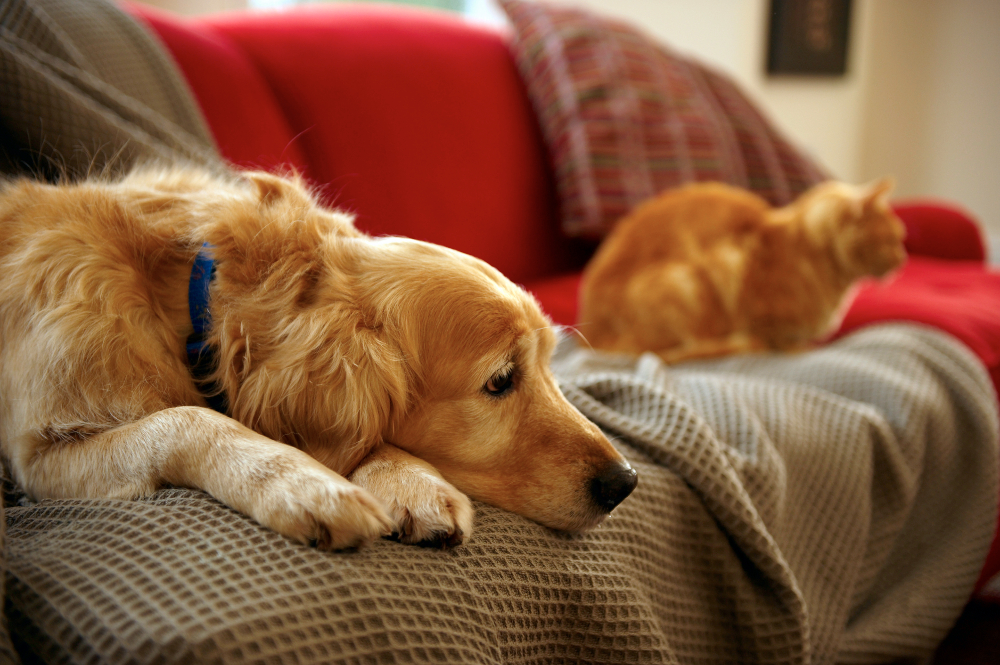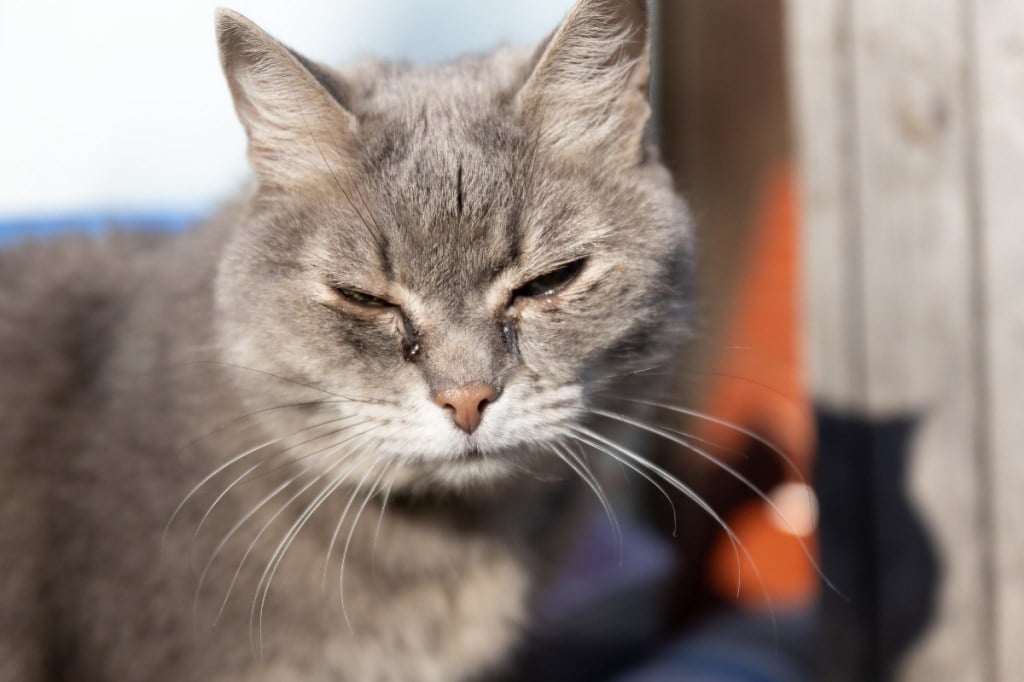Table of Contents
Seasonal Affective Disorder (SAD) is a type of depression (in humans) associated with the changing of the seasons. Shorter days and reduced daylight can affect the body’s internal clock and may also be related to reduced levels of serotonin, a brain chemical related to mood.
In humans, the symptoms of SAD include depression, low energy, increased sleep and weight gain.
Are pets affected by SAD?
Whether or not you experience SAD, your dog or cat might be experiencing their own version of the winter blues, especially if they are used to spending lots of time outdoors during the warmer seasons. Though little research has been done on seasonal mood disorders in pets, some pet parents report their pet gets depressed during the darker months. It is also possible that dogs and cats respond to the behaviors of their humans; if you are experiencing more frequent negative moods, your pet can pick up on it. Additionally, if you’re spending more time indoors catching up on the latest Netflix releases, your pet may be bored due to the lessened stimulation.
How to help your pet
Make time to get outside regularly. Even if you can’t take long walks like you did during summer, your dog will still appreciate some outside time. Take advantage of the weekends and holiday time off work to soak up the daylight with your dog by getting in some longer walks or going to the dog park. For cats that do well on a leash, be sure to let them do a little outdoor exploring, too!
Adjust their food intake. If your pet has been spending more time sleeping and less time exercising or playing, you may notice their waistline softening out—and dogs and cats can’t blame holiday dinners and cookie plates like we humans can! For pets whose activity levels decline during winter, be sure to speak with your vet about adjusting their food accordingly so they get an appropriate number of calories.
Get more indoor playtime. If the weather prevents you from going on a 30-minute walk outside, spend that time playing inside with your pet instead. What can you do? There are plenty of indoor activities you can do with your dog or cat, like hide and seek with treats, toys, or yourself. You can set up an obstacle course with pillows and chairs, use puzzle toys to make them work for their food, have them chase a toy (for smaller pets), or practice learning a new trick.
Improve your indoor lighting. Make sure to open blinds and curtains when the sun rises to allow as much natural light as possible into your home. Place your pet’s bed near a window that receives plenty of daylight, and consider getting a window perch for cats. For homes that don’t get much daylight, consider purchasing a light box that is designed for people with SAD.
With a little extra love and attention this winter, you can help your pets beat the winter blues and stay happy and healthy.







